[ad_1]
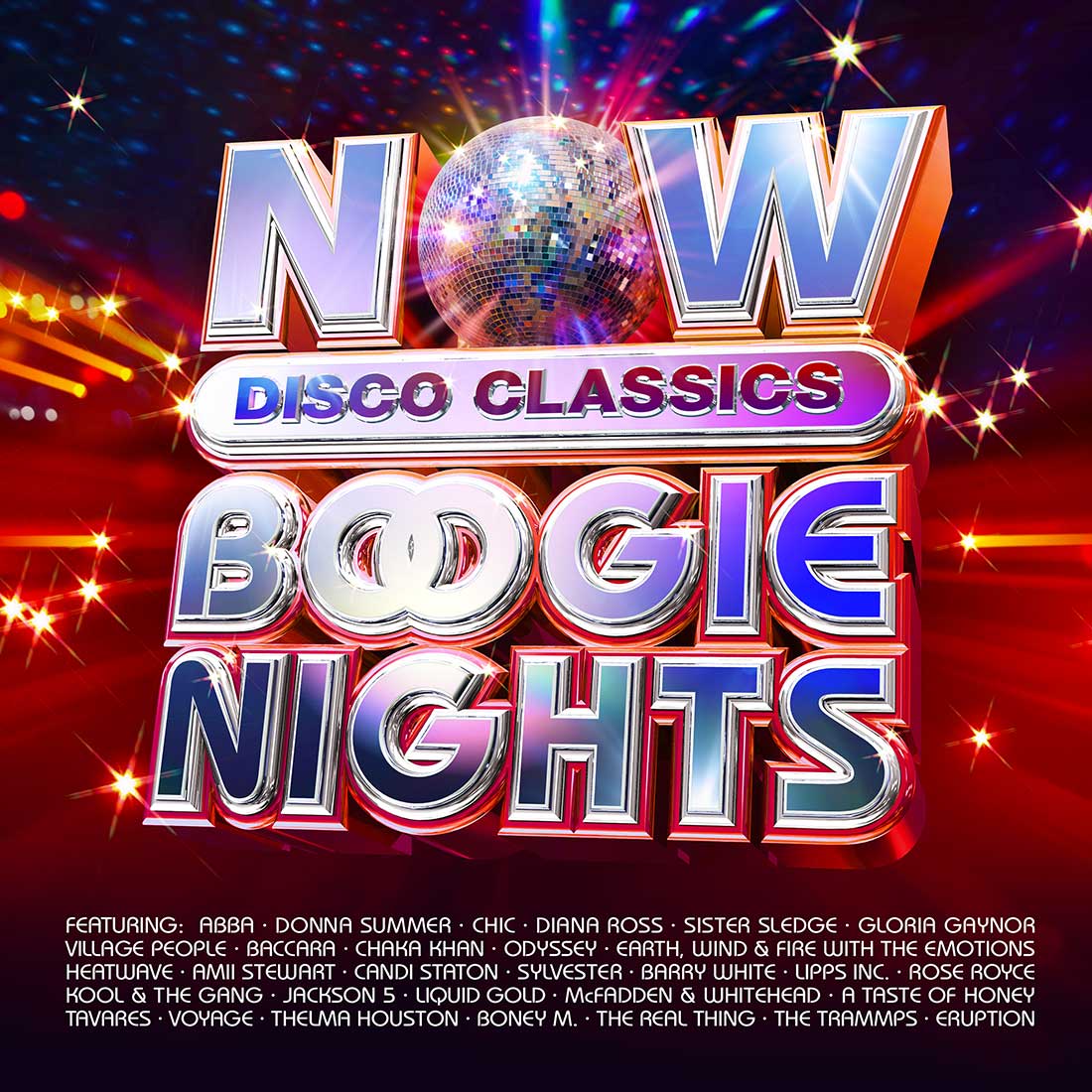
Traditional Pop seems again on the rise, fall and rebirth of a magical period in common tradition: The story of disco music…
Through the summer time of 1979 disco dominated the airwaves. Nightclub dancefloors around the globe had been awash with fairly younger issues, busting strikes within the sharpest of satin fits and polyester. All the pieces that glittered was gold… and wrapped in lamé.
Nonetheless, not everybody was digging this new boogie wonderland… on 12 July 1979 a baying mob, fired up by disgruntled radio DJ Steve Dahl, descended on Comiskey Park baseball stadium in Chicago.
1000’s of long-haired white males sporting ‘Disco Sucks’ t-shirts, stormed the pitch to frisbee information, by the likes of Gloria Gaynor, Donna Summer season and the Village Folks, on to a rising funeral pyre.
As smoke billowed throughout the pitch, Dahl’s Disco Demolition Night time had tapped into an unpleasant undercurrent of racism, sexism and homophobia… an uncontrollable outpouring of worry and loathing. What had disco achieved to impress such ire?
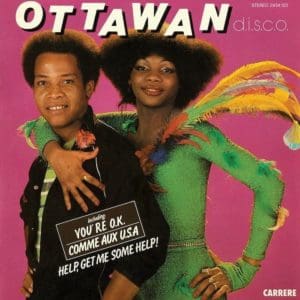
Really feel-Good Music
Wasn’t disco probably the most inoffensive, shamelessly feel-good music pattern ever? Absolutely it was all sequins, platform sneakers, mirror balls and medallions?
Wasn’t it lovable, with romantic numbers like Barry White’s You’re The First, My Final, My All the pieces; glittery dance numbers like Baccara’s Sure Sir, I Can Boogie; and irresistible singalongs like Ottawan’s D.I.S.C.O?
Celebrating the liberty of homosexual folks, ladies, African-Individuals and Latinos, disco had develop into a ubiquitous fashion cherished by everybody from grandmas to their grandchildren; an promoting jingle used to promote every part from burgers to airways; and a bandwagon jumped upon by everybody from Dolly Parton to the solid of Sesame Avenue.
However when it began, at the start of the 70s, it was an underground revolt that grew alongside the civil rights motion, homosexual satisfaction and girls’s lib.
Its golf equipment had been melting pots of black and white, homosexual and straight coming collectively for the primary time in a hedonistic orgy of intercourse, medication and dancing that the hippies of the Nineteen Sixties may solely dream about.
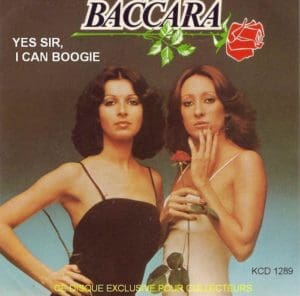
Dancing In The Metropolis
The story of disco started on Valentine’s Day 1970 at 647 Broadway in New York, the place David Mancuso, an vintage seller and hi-fi fanatic, hosted his first “Love Saves The Day” invitation-only dance social gathering within the 2,000 square-foot loft the place he lived. His bed room was on a platform above the DJ sales space.
As a result of The Loft, because it grew to become identified, didn’t serve alcohol or meals, Mancuso didn’t want a cabaret licence for the weekly gatherings that grew to become the haunt of selection for a homosexual group that abruptly had a spot the place males may dance collectively with out being hassled by the police in an period when you may get arrested for cross-dressing in public.
Different underground venues adopted, utilizing the identical non-public home social gathering enterprise mannequin, together with the Gallery in Manhattan; the Flamingo at 599 Broadway; 12 West/The Riverclub, an enormous amphitheatre in a former warehouse in Greenwich Village; and the Paradise Storage [also known as the ‘Gay-rage’] a former parking storage.
It wasn’t the primary time patrons had danced to information as an alternative of bands. The time period discotheque originated in occupied France throughout World Battle II, the place jazz golf equipment performed information to sidestep a Nazi ban on reside music.
However in New York within the early-70s, the golf equipment that grew to become residence to disco had a special tradition to most nightclubs of the time, the place folks went primarily to drink and socialise, and dancing was one thing to take or depart.
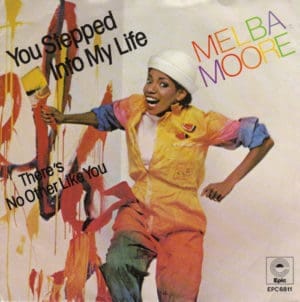
Social gathering Time
Mancuso used his data of hi-fi to put in an distinctive high quality sound system in The Loft, and the golf equipment that adopted all competed to outdo one another for sound and lighting to create an immersive expertise for dropping your self in a world of music and dancing.
12 West, for instance, had a state-of-the-art sound system designed by Graebar Productions that included two massive nook loaded horns, 4 coffin audio system with mid-range arrays pointed on the dancefloor and a tweeter array above it.
The Infinity, a former envelope manufacturing unit at 653 Broadway, was the primary disco to be lit by neon, together with a glowing penis on the black-painted wall of its block-long dancefloor.
It had so many mirrors and mirror balls reflecting one another that the place actually did seem to stretch into infinity in each course.
Later, when disco hit its peak within the late-70s, Xenon boasted a 16-channel sound system mentioned to be the most costly ever put in in a New York membership, and a $100,000 ‘Mothership’ lighting rig that descended from the ceiling to simply above the heads of the dancers, just like the spaceship within the then not too long ago launched sci-fi flick Shut Encounters Of The Third Form.
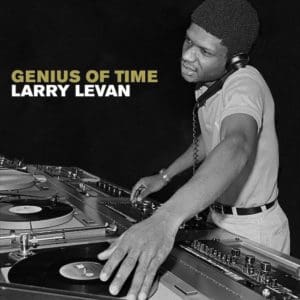
Hey Mr DJ Put A File On
In addition to high notch sound, the rising discotheque scene put DJs on the centre of membership life. Jockeys like Larry Levan and Frankie Knuckles didn’t simply spin random information, they performed them in a steady swathe that took the viewers on a journey.
They may additionally decide up on the temper of patrons, rapidly switching to a monitor that will improve what was taking place on the dancefloor, in a form of dance between dancer and DJ.
Membership-goers additionally formed the burgeoning disco scene. They dressed outrageously – many early discos had been additionally drag golf equipment, or stuffed with leather-clad ‘Leathermen’.
They got here armed with tambourines and maracas, clapped and screamed. The perfect dancers had been an unpaid a part of the leisure. The group would kind a circle to applaud their splits and Russian leaps.
However as a lot because the disco scene was led by golf equipment, sound methods, DJs and a disenfranchised viewers on the lookout for a continuous social gathering to flee to, it wanted a method of music to name its personal.
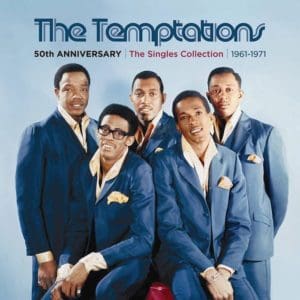
The Disco Sound
The information performed within the first home events at The Loft ranged from the funk of James Brown to the Motown sound of The Temptations plus Latin jazz – there has at all times been music to bounce to.
Regularly, although, a particular new fashion of disco music started to emerge, tailor-made to the scene that had arisen.
As former typist and hairdresser and later I Will Survive star Gloria Gaynor put it: “The discotheques that had been popping up had been going to wish music particularly for dancing – so I made a decision that I used to be going to produce them.”
The basic disco sound could be outlined by a outstanding drum machine beat, funky bassline and itchy ‘hen scratch’ rhythm, performed tautly and near the neck of an electrical guitar.
Luxurious string preparations, typically excessive vocals and a jangle of hi-hat cymbals add a theatricality befitting the glittering environments and colourfully dressed patrons of the discos themselves, as do dramatic piano glissandi that have a tendency to return sweeping out of nowhere.
Upbeat lyrics virtually completely about love, empowerment or disco dancing full a heady combine.
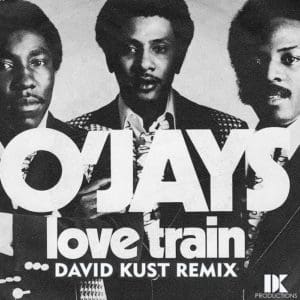
Soul Practice
The roots of disco could be heard within the dance rhythms, punchy vocals and jingly hi-hat of Motown information within the 60s, and the smoother, string-laden Philadelphia Sound that started to problem Detroit because the dominant drive in soul music on the cusp of the 60s and 70s.
Lots of the inspiration for disco could be attributed to MFSB, the home band at Philadelphia’s Sigma Sound Studios, which performed on one of many first hits with a recognisable disco sound: Love Practice by vocal concord group The O’Jays.
MFSB stood for Mom Father Sister Brother, if you need the clear model, or Mom-Fucking Sons of Bitches if you wish to know the way scorching they performed.
Both method, Love Practice had most of what you may need from a disco music, together with its name for unity and inclusion – “Folks everywhere in the world, be a part of fingers” – that was central to New York’s membership ethos. It got here out in 1972 and topped the US charts early the next 12 months.
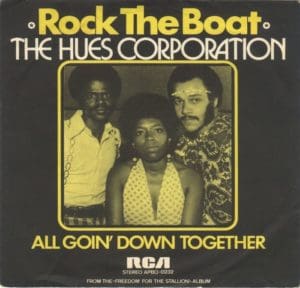
Rock The Boat
Different contenders for disco’s first massive hit embody Rock The Boat by the Hues Company and the orchestral instrumental Love’s Theme by Barry White’s Love Limitless Orchestra.
Arguably the file that basically nailed down the sound of disco, although, was Rock Your Child by George McCrae, which grew to become a worldwide chart-topper in the summertime of 1974.
The music was written by Harry Wayne Casey – the ‘KC’ from KC and the Sunshine Band – and his bandmate Richard Finch.
They lower the backing monitor as a Sunshine Band file at TK Data in Miami however Casey couldn’t handle the music’s excessive notes. McCrae occurred to be available to face in and went on to promote 11 million copies.
In addition to McCrae’s sky-high “Ah-AHHs” and requires his “Woooo-man” to “maintain me in your arms and rock your child,” the file was one of many first to characteristic a drum machine.
In keeping with TK Data founder Henry Stone: “The Philly sound was a little bit bit on the subtle facet. The Miami sound was extra of a rhythm, groove, beat sound. Rock Your Child was the primary actual disco file that launched the disco period.”
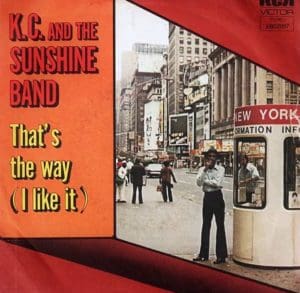
Get Down Tonight
KC and the Sunshine Band weren’t left on the sidelines by McCrae’s success. With Casey on vocals and keyboards, the group went on to get pleasure from a string of disco hits, together with Get Down Tonight, (Shake, Shake, Shake) Shake Your Booty, and That’s The Method (I Like It).
Because the white chief of a giant band of predominantly black musicians and backing singers, Casey epitomised disco’s multiculturalism.
Gloria Gaynor, in the meantime, grew to become the music’s first feminine diva with an album particularly made for the dance golf equipment.
Produced by Jay Ellis, Meco Monardo, Tony Bongiovi and Harold Wheeler – collectively generally known as the Disco Company of America – the primary facet of her 1974 long-player By no means Can Say Goodbye comprised simply three songs, Honey Bee, the title monitor and Attain Out, I’ll Be There, run collectively right into a steady 19-minute swathe of music, characterised by a thumping beat, swirling strings and Gaynor’s hovering vocals.
It was an trade first and Gaynor, who had been singing in golf equipment for the reason that mid-60s, was initially not sure concerning the prolonged format, observing that there have been massive stretches of music when she wasn’t singing. The producers instructed her: “You higher study to disco dance, then!”
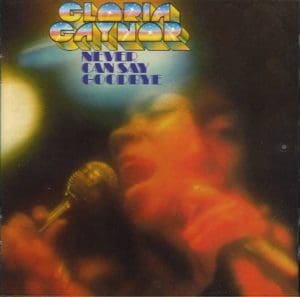
You Attractive Issues
The danger paid off when the disc took the dancefloors by storm and DJs performed the entire 19 minutes. The extracted single, a canopy of the Jackson 5’s By no means Can Say Goodbye, was the primary music to high the Disco Motion chart when it was launched by music commerce paper Billboard to chronicle the rising New York scene.
It additionally made the High 10 of the US pop charts and took Gaynor around the globe, hitting No.3 in Canada and No.2 within the UK.
One other lengthy and ground-breaking recording was Donna Summer season’s debut single, Love To Love You Child.
Initially from Boston, Summer season was an unknown in her residence nation and was working in Germany as a mannequin when she teamed up with producers Giorgio Moroder and Pete Bellotte to construct Love To Love You Child round a title that she had urged.
Moroder despatched a demo to Casablanca Data boss Neil Bogart in New York, who urged an prolonged model for the discos. The end result was a 16-minute sexual fiesta, with Summer season delivering When Harry Met Sally-style orgasmic moans all through.
Requested by hot-under-the-collar reporters whether or not she touched herself throughout the recording, Summer season mentioned: “Sure, properly, truly I had my hand on my knee.”
Much more placing was Summer season’s hypnotic I Really feel Love on which Moroder and Bellotte changed disco’s common string association with the pulsing digital sound of a Moog synthesizer.
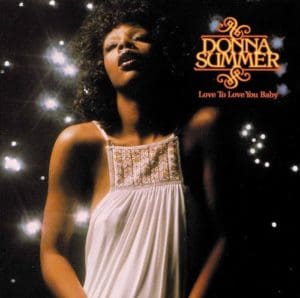
Sound Of The Future
When pioneering producer Brian Eno heard the monitor, he instructed David Bowie: “I’ve heard the sound of the long run.”
So inspiring was I Really feel Love, it gave rise to the sub-genre Hello-NRG (excessive power) and the futuristic synth-based Italo disco and house disco that flourished in European golf equipment within the 80s after disco’s demise within the States.
Within the meantime, Europeans had been placing their very own spin on the glitter ball. British-based Jamaican Carl Douglas had one of many first massive disco hits with Kung Fu Preventing – a one hit surprise, however what a success, with 11 million information offered.
One other Jamaica-born Brit, Errol Brown, sang Sizzling Chocolate’s evergreen You Attractive Factor in 1975, whereas the male/feminine UK duo Marshall Hain had a one-off smash with the sultry Dancing In The Metropolis in 1978.
Swedish tremendous troopers ABBA, in the meantime, scored their solely US No.1 after they turned to disco with Dancing Queen.
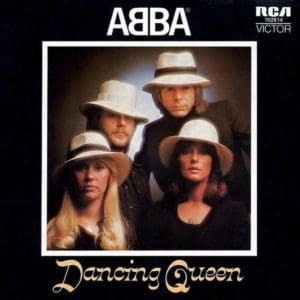
The Mmainstream
Though disco was brightening charts around the globe, the membership scene itself remained pretty underground till the mid-70s. That each one modified with the 1977 launch of Saturday Night time Fever which starred John Travolta as a ironmongery store employee by day who transforms right into a disco-dancing god at evening.
The straight white world portrayed within the movie didn’t bear a lot resemblance to the disco scene as much as that time, nevertheless it was simply what the music wanted to get a mainstream viewers strutting its stuff on any dancefloor inside attain.
That and a shocking soundtrack dominated by the Bee Gees. The English brothers Barry, Andy and Maurice Gibb had been making music for the reason that late-50s as a skiffle band known as Rattlesnake. Because the Bee Gees, they first hit the large time within the mid-to-late-60s with ballads corresponding to Phrases.
By 1974, nonetheless, altering tastes had decreased them to a cabaret act at venues just like the Batley Selection Membership in Yorkshire. Relocating to Miami, they regained their mojo with the disco-style Jive Talkin’. Though the music took them again to No.1, it merely primed the pump for the music they unleashed on the Saturday Night time Fever soundtrack.
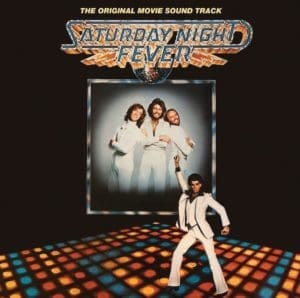
I Like The Method You Transfer
Deploying Barry Gibb’s falsetto for the primary time, Stayin’ Alive and Night time Fever grew to become prompt disco classics. The Fever… soundtrack staked out the highest of the charts across the globe for weeks on finish (18 weeks within the UK and 24 within the US).
As disco went mainstream, Studio 54, a former tv studio on New York’s 54th Avenue, grew to become the place to be seen… should you may get in. Celebrities like Liza Minnelli, Frank Sinatra and Andy Warhol had been waved in by the bouncers and Michael Jackson might be seen in a nook speaking to Woody Allen.
Among the many many turned away on New 12 months’s Eve 1977, had been Stylish’s Nile Rodgers and Bernard Edwards, regardless that they had been well-known for a string of hits and had organized to fulfill Grace Jones inside.
Mightily miffed, they headed to Nile’s residence and wrote a music with the shouted hook, “Fuck off!” With a refined edit to “Freak out!” it grew to become certainly one of their largest hits, Le Freak.
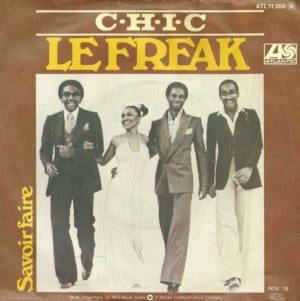
Disco Demolition
If disco started the 70s as a hideout for an oppressed homosexual group, then it’s apt that the last decade ended with homosexual tradition going mainstream by way of the Village Folks.
The group’s moustachioed line-up of homosexual fantasy figures – a cowboy, cop, development employee and leatherman – virtually parodied the viewers within the golf equipment the place disco originated.
However their all-pervasive hits Y.M.C.A. and In The Navy had the straightest of straights singing alongside. Even the navy cherished them.
Radio station after station throughout America switched from rock to disco, within the course of fuelling a rising resentment towards the infinite social gathering.
Steve Dahl, the 24-year-old DJ who led the ‘disco sucks’ marketing campaign was one of many jocks who misplaced his job when his station made the change.
“At the moment, disco was the one factor that will get you on the radio,” mentioned Maurice White, founding father of Earth Wind and Hearth, when the r’n’b group joined the fray with Boogie Wonderland.
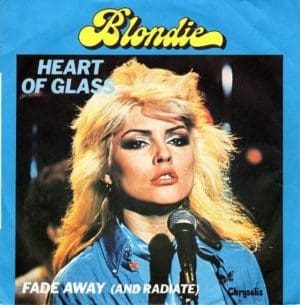
Union Metropolis Blue
Deborah Harry was unapologetic when new wave rockers Blondie took the disco route with Coronary heart Of Glass, however admitted: “A few of our pals from different rock bands had been very postpone that we did this disco music. They wished us to be run out of city.”
Because the disco bubble blew as much as near-bursting level, the membership scene appeared like Rome earlier than the autumn: awash with cocaine and promiscuity.
AIDS had but to be recognized, however inside a few years the free love social gathering was going to finish very badly and take most of the scene’s most vibrant characters.
One thing needed to give, and when Dahl blew up the disco information at Comiskey Park in the summertime of 1979, it actually was as if the entire scene exploded and vanished in a single puff of smoke.
Million-selling stars disappeared from the airwaves virtually in a single day because the temper turned and US radio stations strove to woo again disco-ed out listeners with guarantees of ‘Bee Gees-free Weekends.’
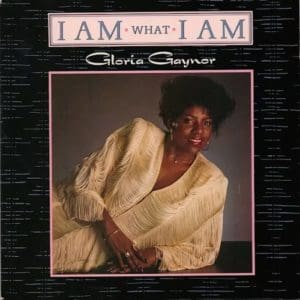
Finish Of An Period?
When Studio 54 was raided and its house owners jailed for tax evasion and medicines possession, it symbolised the social gathering’s finish.
Simply because the disco decade started in early 1970, so a brand new period started virtually on the dot of 1980 when The Sugarhill Gang crashed into the charts with Rapper’s Delight within the winter of 1979 and early 1980, ushering within the age of hip-hop.
A 12 months later, the launch of MTV switched America on to British synth-pop and New Romantic bands like Duran Duran. John Travolta’s change from disco to rock’n’roll in Grease even prompted a rockabilly revival.
Folks nonetheless went to golf equipment to bounce, however file corporations rebranded their releases from disco to ‘dance music’ or ‘home.’ The music ditched its chintzy strings and camp theatricality for a tougher digital edge.
The Paradise Storage, as soon as the epicentre of disco, led the change and gave its title to a brand new sort of dance music: storage. Gloria Gaynor briefly resurfaced within the new period with the defiant I Am What I Am, however few others tarred with the disco brush had been in a position to make the transition. Even the Bee Gees had been by no means the identical once more.
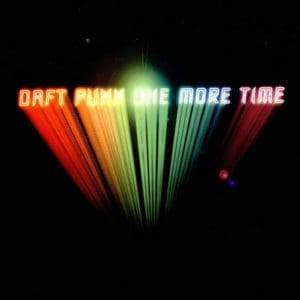
Can’t Cease The Beat
Lately, nonetheless, a number of artists have appeared again fondly on the disco period, taking inspiration from NY’s legendary membership scene.
The early 00s, French duo Daft Punk led a nu-disco revival with . In 2013, they teamed up with Stylish guitarist Nile Rodgers and Pharrell Williams for the extraordinarily disco chart-topper Get Fortunate.
Whereas Madonna donned a Saturday Night time Fever-style leotard within the video for Hung Up from her 2005 Confessions On A Dance Ground album, which paid homage to the sounds of the Bee Gees and Giorgio Moroder.
2016’s sunny Justin Timberlake smash Can’t Cease The Feeling, in the meantime, wouldn’t have sounded misplaced in a disco 45 years in the past.
As for the unique mirror ball classics, Love Practice, Rock The Boat and lots of others had misplaced none of their feel-good freshness after they fashioned the soundtrack to Matt Damon’s acclaimed sci-fi blockbuster The Martian.
And what may have been a extra rousing finish credit quantity for that film than a music that has develop into a hymn to disco’s personal sturdiness, Gloria Gaynor’s I Will Survive.
Douglas McPherson
Need extra from Traditional Pop journal? Get a free digital situation whenever you signal as much as our publication!
[ad_2]




